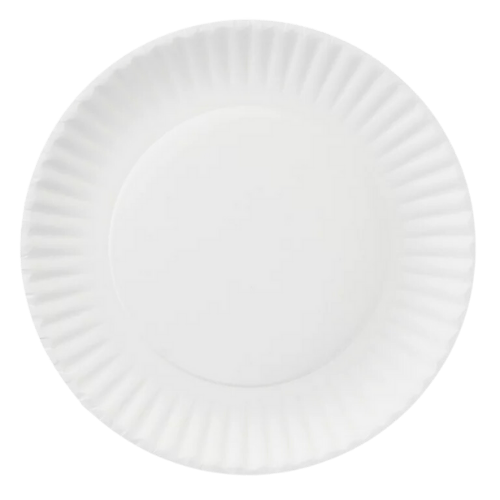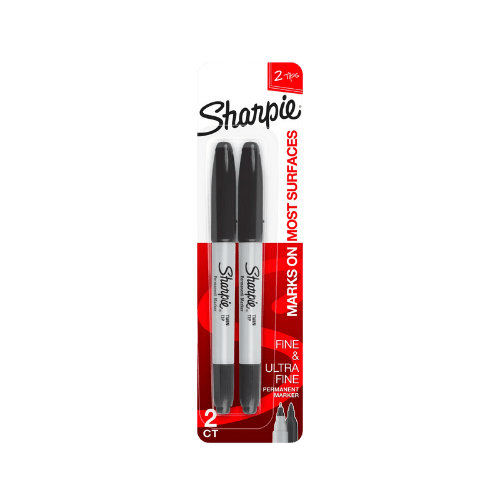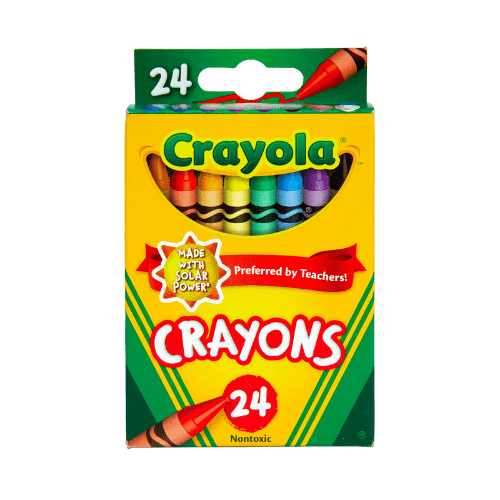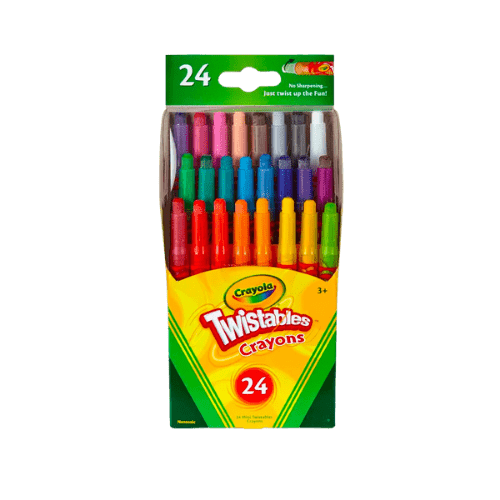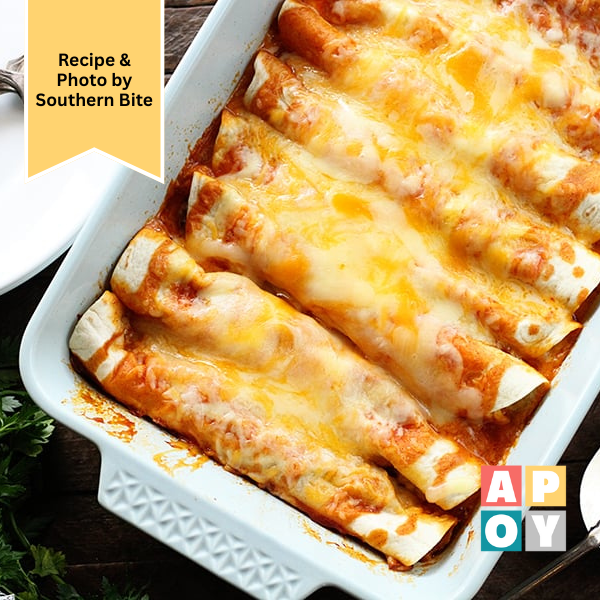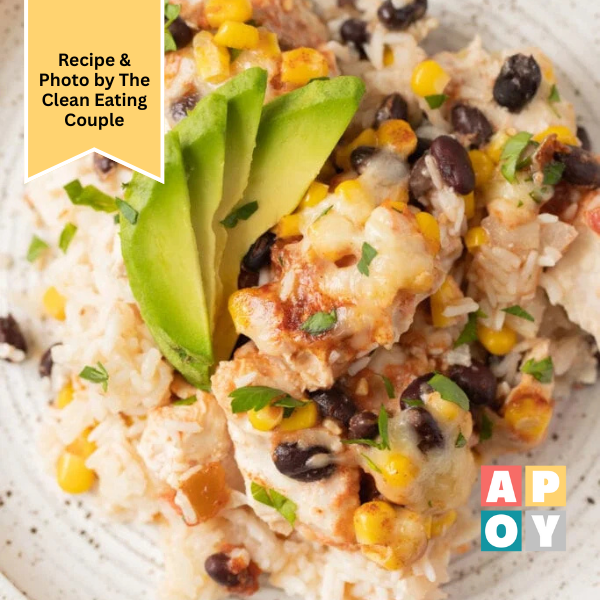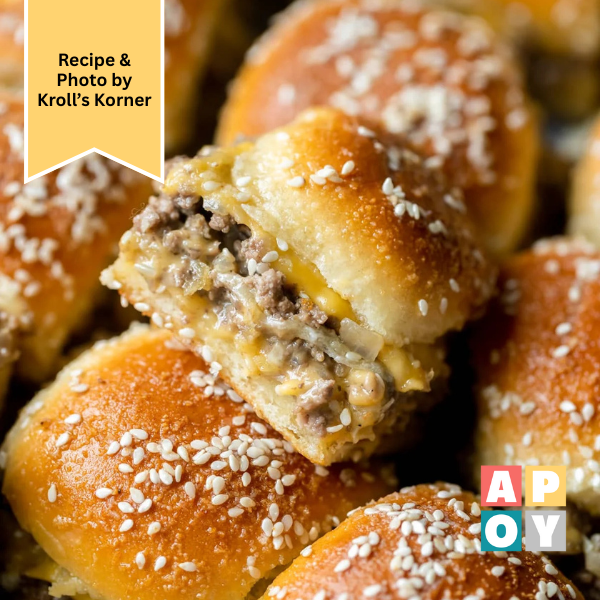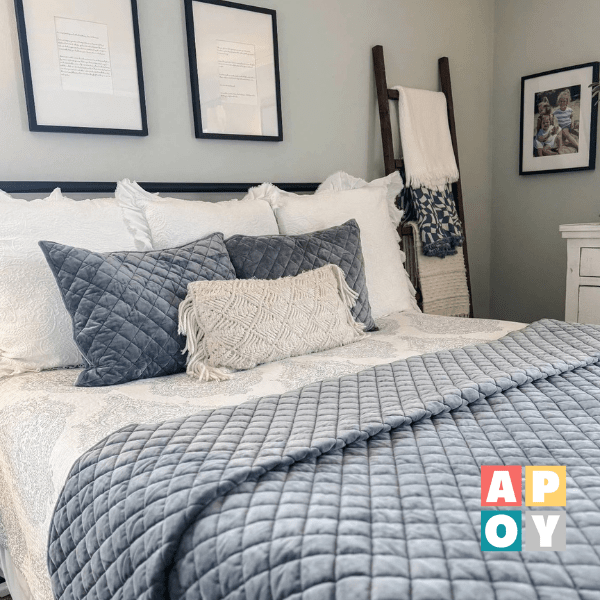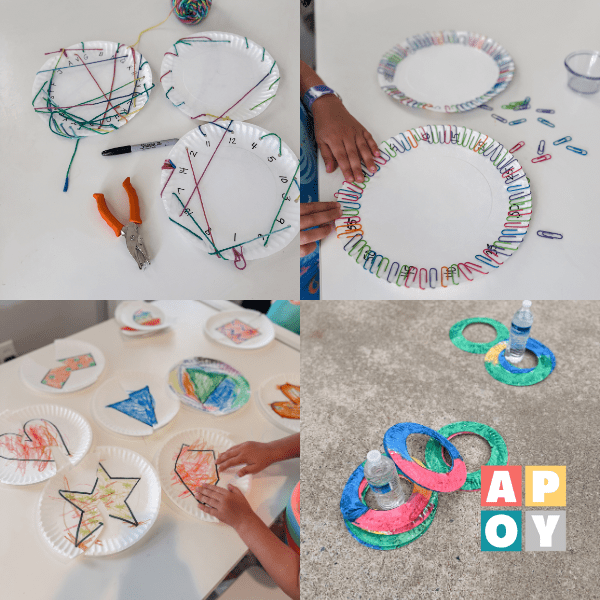Paper Plate Puzzles: The Easy At-Home Toddler Activity That Builds Big Skills
Turn simple paper plates into a fun toddler puzzle activity that boosts problem solving, critical thinking, and fine motor skills. Perfect for screen-free play at home.
This blog post may contain affiliate links. When you make a purchase through these links, I may earn a small commission, at no additional cost to you. I only recommend products that I genuinely believe can benefit you and your family! Your support helps maintain and improve all things A Pop of You. Thanks so much!
Quick Prep, Endless Learning
Raise your hand if you’ve ever spent more time setting up a toddler activity than your kid actually spent doing it. I’ve been there—cutting, laminating, prepping, only for it to be over in 3.5 minutes (including snack interruptions).
That’s why I love activities with random household objects. You don’t need anything fancy. You don’t need a printer. You just need… paper plates. Again. This week’s Random Household Object winner: paper plate puzzles.
They’re ridiculously simple, sneak in lots of learning activity magic, and offer a whole lot of bang for your parenting buck. Even better? These are endlessly customizable, easy to clean up, and weirdly satisfying to make—like a Pinterest win without the pressure. Let’s dig in.
Why Paper Plate Puzzles Are a Genius Activity
At first glance, this may not look like the world’s most exciting kids activity. But hear me out: these paper plate puzzles check a ton of developmental boxes without needing batteries, subscriptions, or an emergency coffee run.
Here’s what they’re working on while they play:
- Problem solving (Where does that piece go?)
- Critical thinking (Which side matches up?)
- Fine motor activity (Lining up those edges just right)
- Visual discrimination (Noticing subtle differences in shapes and colors)
- Patience and focus (It’s sneaky, but it’s in there)
And because this is a paper plate activity, it’s made from the stuff you already have in your pantry. Which means: no stress, no prep, no “I forgot to order that thing on Amazon again” guilt.
What You’ll Need
Minimalist moms, rejoice. Here’s your short and sweet supply list:
- Paper plates (the cheap ones are totally fine)
- Permanent marker
- Colored markers or crayons
- Scissors (grown-up use only)
That’s it. And if you happen to have stickers, stamps, or a kid who likes to decorate with googly eyes? Go wild.
How to Make Your Paper Plate Puzzles
This whole toddler play setup takes less time than finding your car keys on a Monday morning.
Step 1. Pick your plate: Any plain paper plate will do. The flat-bottomed kind (not the deep ones) makes for easier drawing and cutting.
Step 2. Draw a big shape or picture: Use your permanent marker to draw a large, simple shape in the center of the plate. A smiley face, a star, a heart, a rainbow, a cat… whatever fits your toddler’s current obsession. Bonus points if your child helps design it with colored markers.
Step 3. Cut it into puzzle pieces: Now for the fun part. Cut your plate into two, three, or four pieces depending on your child’s age. You can use:
- Straight lines (easy mode)
- Zigzags (medium challenge)
- Wavy or curved lines (expert toddler)
Don’t stress over making it perfect. These are puzzles for toddlers, not precision engineering.
Step 4. Mix and match: Shuffle the pieces and hand them over. Let your toddler work their magic, flipping and turning until the picture comes back together.
What They’re Really Learning (While You Sip Your Coffee)
On the surface, it’s just a few torn-up plates. But this is actually a pretty brilliant learning activity. Here’s why:
- Problem Solving + Critical Thinking: That aha moment when the pieces click together? That’s early puzzle activity magic at work. They’re learning to make predictions, test them, and try again when it doesn’t work.
- Visual Discrimination + Spatial Awareness: Kids use their eyes to scan for color, line direction, and shape to match pieces. These are the same skills they’ll later use for reading and math.
- Fine Motor Skills: Lining up two slightly curved pieces requires control, coordination, and hand strength—all foundational for writing and other fine motor activities.
- Patience and Focus: Puzzles aren’t always a quick win, especially when you add in curves and wavy cuts. But they give toddlers a low-stakes opportunity to stay with a challenge and try again.
Want to Add a Learning Twist? Try These Extensions
You know we love an at-home activity that grows with your kids. Here’s how to take your paper plate puzzle from “fun” to “fun and sneaky educational.”
- Uppercase + Lowercase Match: On one side of the cut, write a capital letter (A, B, C…). On the matching side, write the lowercase version (a, b, c…). Now it’s a letter recognition game and puzzle in one.
- Numbers + Dots: Write a number (1–5) on one piece and draw the matching number of dots on the other piece. Your toddler will practice counting skills as they match the puzzle pieces.
- Color Match: Color half of a plate red and half blue before cutting. Or make each piece a different color. Now it’s a color recognition challenge, too.
- Shape Matching: Draw two shapes on the plate—say a triangle and a square—and cut them in half through each shape. Now they have to match by shape and line.
You get to decide how simple or challenging this becomes. Younger toddlers can stick to two pieces, big colors, and basic shapes. Older toddlers and preschoolers can start playing with letter sounds, number sense, and even short words or sight words if they’re ready.
Looking for more activities using paper plates?
You’re in the right place. This Random Household Objects series is packed with easy, low-prep toddler play ideas that work—especially on those long afternoons when time seems to stand still and everyone needs a little something to do. Here are six simple and powerful paper plate activities to try:
- Paper Plate Ring Toss: Toss painted paper plate rings onto a water bottle target for a gross motor game that boosts coordination, turn-taking, and estimation skills.
- Paper Plate Skip Counting: Use paper clips to count by 2s, 5s, or 10s around the edge of a plate. Great for early math skills, number patterns, and fine motor development.
- Paper Plate Lacing: Punch holes around a plate and let toddlers lace yarn through for a calming activity that strengthens fine motor skills and hand-eye coordination.
- Paper Plate Memory: Draw pairs of matching images on plates for a classic flip-and-find game that builds memory, concentration, and social turn-taking skills.
- Paper Plate Pizza Counting: Create a cheesy counting game by matching pepperoni dots to numbered slices. A hands-on way to practice one-to-one correspondence and number recognition.
Because simple really can be powerful—and a humble stack of paper plates might just save your day.
Why This Activity Belongs in Your Rotation
Paper plate puzzles are everything I love about simple at-home learning: they’re quick, meaningful, adaptable, and don’t require a trip to the store.
They’re also a great reminder that you don’t need to be “on” all the time to support your child’s development. Handing them a homemade puzzle while you prep lunch? That’s enough. Sitting beside them as they problem-solve? Also enough. Letting them decorate plates with marker dots while you fold laundry? Still enough.
Because this stage of life isn’t about doing everything—it’s about finding small, doable things that make your days smoother and your kids more engaged. And if one of those things happens to be a puzzle made from a paper plate? You’re doing just fine.


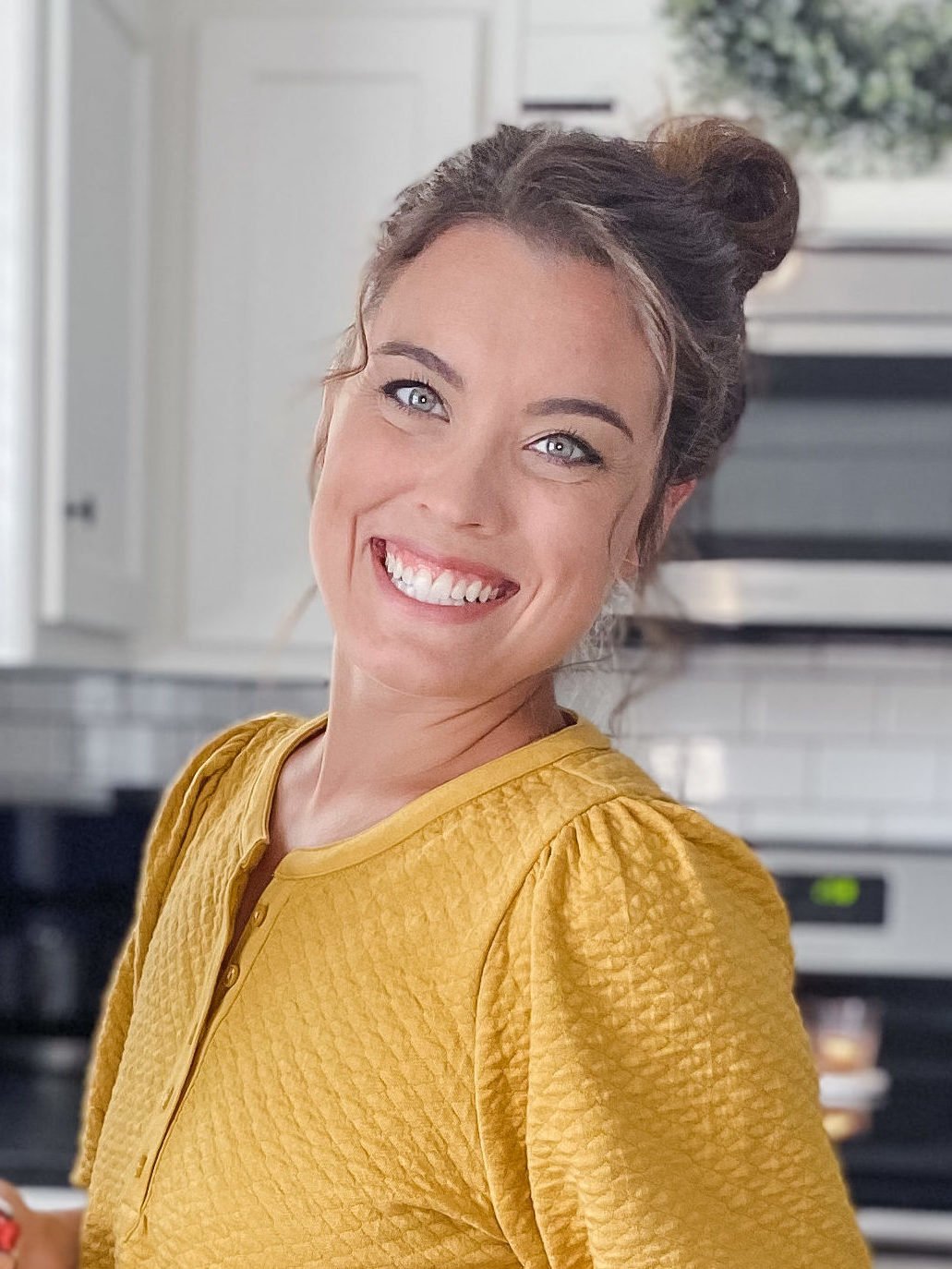
Hey, I’m Katelyn, the “Achievably Extra” Mom! Join me for creative family fun and practical tips! Let’s inspire each other!




